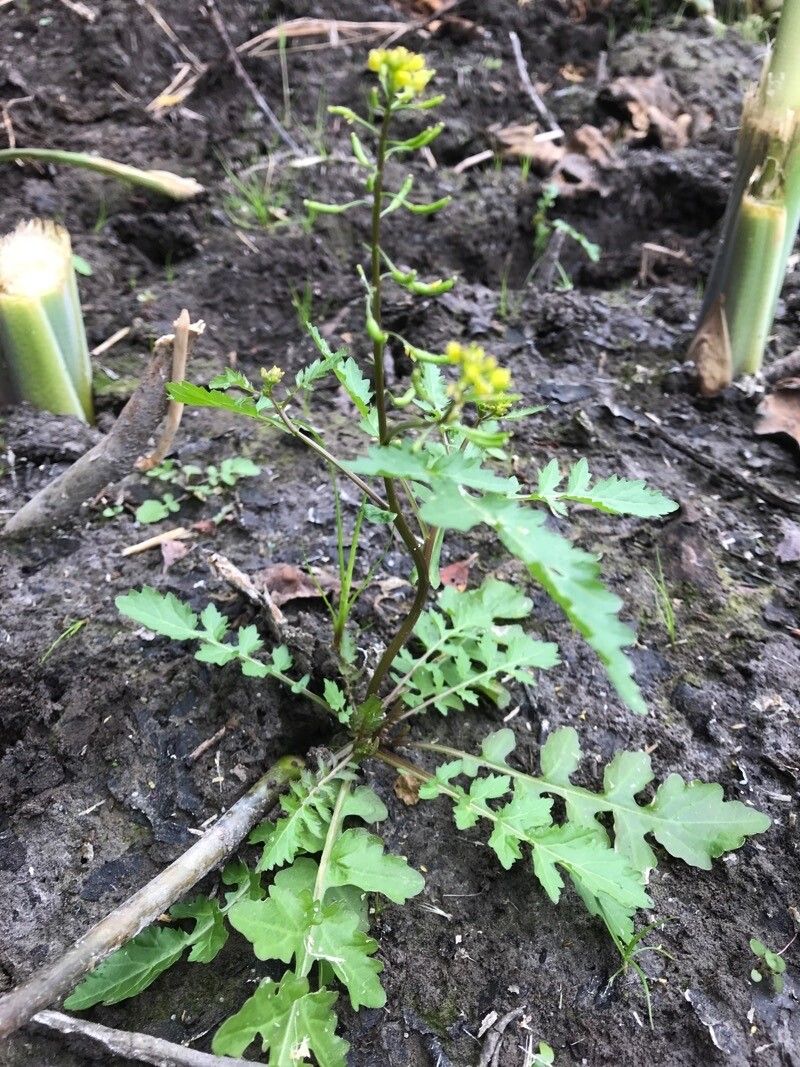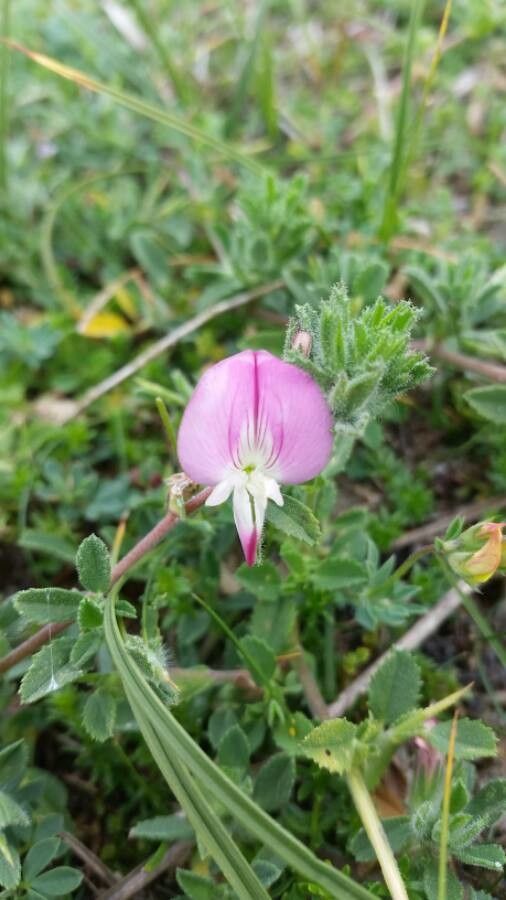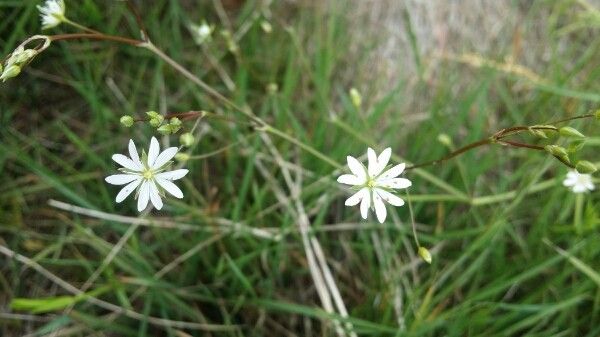## Marsh Cress: A Comprehensive Guide to *Barbarea vulgaris*
Marsh cress (*Barbarea vulgaris*), a member of the Brassicaceae family (mustard family), is a fascinating and often overlooked plant with a rich history and a surprisingly diverse range of uses. This comprehensive guide will delve into its identification, habitat, cultivation, and even its culinary applications.
### Identification
Marsh cress is a biennial or short-lived perennial herb, typically reaching heights of 30-100cm. It's readily identifiable by its distinctive basal leaves, which are pinnately lobed, meaning they have deep, rounded lobes extending from a central stem. These basal leaves are often lyrate, with a larger terminal lobe and smaller lateral lobes. Stem leaves tend to be less lobed, and more lanceolate. The bright yellow flowers are arranged in terminal racemes (clusters). The four petals form a cross shape, characteristic of the Brassicaceae family. The seed pods are slender and four-sided.
### Habitat and Growth
True to its name, marsh cress thrives in moist to wet habitats. You'll often find it growing along streams, ditches, marshes, and other damp areas. It prefers full sun to partial shade and can tolerate a wide range of soil types, although it does best in rich, moist, and slightly acidic to neutral soils. It's relatively adaptable and can even tolerate some degree of soil salinity.
### Cultivation
Cultivating marsh cress is relatively straightforward. Sow seeds directly into the ground in spring or autumn, ensuring the soil remains consistently moist. While it tolerates some shade, it will flower most profusely in full sunlight. Regular watering is crucial, especially during dry periods. The plant self-seeds readily, so you may find it spreading if left undisturbed.
### Culinary and Medicinal Uses
Historically, marsh cress has been used as a leafy green vegetable, similar to watercress. The young leaves possess a slightly peppery, mustard-like flavor. They can be added to salads, soups, sandwiches, or used as a garnish. While generally considered safe, it's advisable to consume it in moderation and only harvest from clean, uncontaminated sources. Note that older leaves can become somewhat bitter.
Though historically used for medicinal purposes, further research is needed to validate its effectiveness and safety for modern medical applications. Always consult a healthcare professional before using any plant for medicinal purposes.
### Ecological Importance
Marsh cress plays a role in its ecosystem, providing food and habitat for various insects and other invertebrates. Its presence can also indicate a healthy, moist environment. It is a valuable addition to wildlife gardens and naturalized areas.
### Distinguishing Marsh Cress from Other Plants
Several plants may resemble Marsh Cress. Careful observation of leaf shape, flower structure and habitat are crucial for accurate identification. If unsure, consulting a field guide or plant identification expert is always recommended. Misidentification could lead to accidental consumption of toxic plants.
### Conclusion
Marsh cress offers a unique blend of ecological significance and potential culinary applications. Understanding its characteristics and cultivation requirements can enrich both your garden and your understanding of the natural world.
Marsh Cress: Complete Guide & Care Tips

Frequently Asked Questions
How to identify Marsh Cress?
Look for pinnately lobed, often lyrate basal leaves, bright yellow flowers in terminal racemes, and slender, four-sided seed pods. It typically grows in moist habitats.
Is Marsh Cress edible?
Yes, young leaves are edible and have a peppery, mustard-like flavor. However, older leaves can become bitter. Always harvest from a clean, uncontaminated source.


